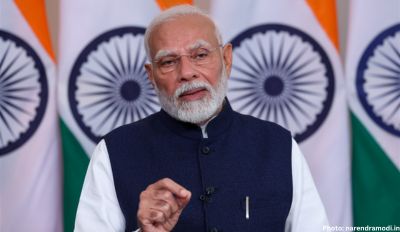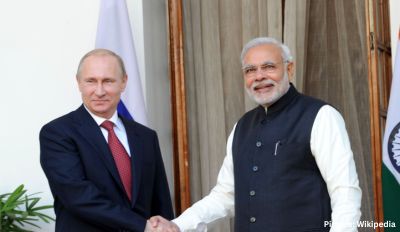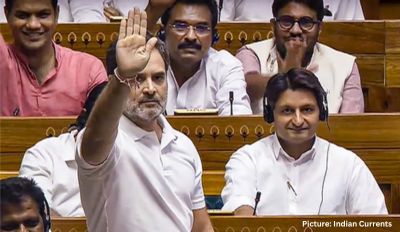India’s upcoming general election commences this week, marking a significant event in the world’s largest democracy. Opinion polls anticipate a continuation of the ruling Bharatiya Janata Party’s tenure, led by an alliance against an opposition coalition spearheaded by the Indian National Congress. The outcome will shape the destiny of the world’s fifth-largest economy, potentially propelling India to the third spot by the decade’s end, trailing behind China and the United States.
Simultaneously, India is poised to elevate its stature as a scientific powerhouse, although this aspiration hinges on pivotal factors. Scholars caution that successive administrations have overlooked fundamental research, emphasizing the necessity for greater research autonomy. A vital facet in this endeavor involves addressing the funding deficit. To this end, India could augment science expenditure by fostering increased corporate involvement, mirroring practices observed in other major economies.
India boasts substantial achievements in various domains. Notably, it hosts the world’s third-largest pharmaceutical industry by volume, renowned for supplying affordable medicines and generic drugs crucial in the global fight against the COVID-19 pandemic. Moreover, India achieved a historic soft Moon landing, becoming the fourth nation to do so and the first to land near the lunar south pole. Additionally, it operates the world’s largest array of remote-sensing satellites.
The country exhibits remarkable research productivity, trailing only the United States and China in terms of research output. Over the past seven years, the number of universities surged from 760 to 1,113, accompanied by the establishment of seven new Indian Institutes of Technology and two Indian Institutes of Science Education and Research.
However, these accomplishments are juxtaposed against a stark reality: India allocated a mere 0.64% of its GDP towards research and development (R&D) during the 2020–21 period. Regardless of the election outcome, addressing this deficiency and unlocking the potential of increased funding remain imperative.
Comparatively, high-income nations in the Organisation for Economic Co-operation and Development (OECD) allocated an average of 2.7% of GDP to R&D in 2022, underscoring the vast disparity. China, a formidable global competitor, devoted 2.4% of its GDP to R&D in 2021.
While India’s absolute science spending, adjusted for purchasing power parity (PPP), exhibited growth from $50.3 billion in 2014–15 to $57.9 billion in 2020–21, the share of R&D expenditure relative to GDP tells a different story. After reaching a peak of 0.82% of GDP in 2009–10, India’s R&D spending dwindled to its present levels.
A notable observation lies in the composition of India’s science spending compared to economies of similar scale. Approximately 60% of India’s research funding originates from central and state governments and universities, with the private sector contributing the remaining 40%. In contrast, private-sector funding constitutes a more substantial proportion in comparable nations, averaging 74% in OECD countries and 66% in the European Union in 2022.
India’s burgeoning corporate landscape, spanning construction, information technology, manufacturing, and pharmaceuticals, presents a ripe opportunity for enhanced research contributions. Yet, a paradigm shift is required to mobilize these entities towards bolstering national research endeavors.
In a significant legislative move, the Indian parliament endorsed the establishment of the Anusandhan National Research Foundation (ANRF) last August. Endowed with disbursing 500 billion rupees ($6 billion) over five years to universities and laboratories, with 70% sourced from non-governmental entities such as philanthropists and industry, the ANRF aims to rectify perceptions of neglect towards basic research. However, ANRF constitutes only one facet of a multifaceted strategy. The incoming government, in collaboration with corporate entities, must explore avenues to further augment science investment.
Investments in scientific research, both public and private, yield substantial dividends, catalyzing economic growth, societal advancement, and improved health outcomes. Acknowledging this, leading economies prioritize science in their budgets, cognizant of the transformative potential of research investments. The incoming administration, post the culmination of India’s electoral marathon on June 1, must emulate these practices, recognizing India’s capacity and obligation to prioritize scientific advancement.











